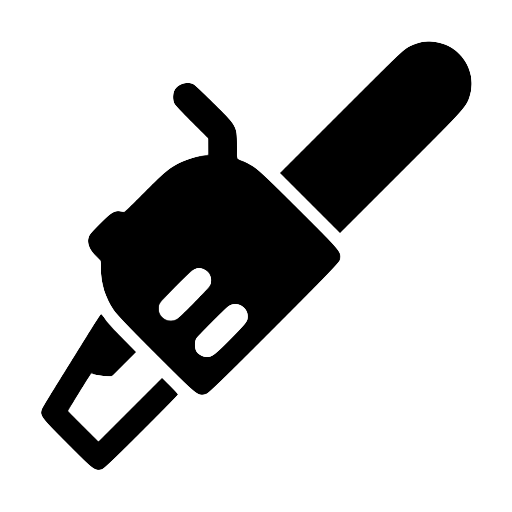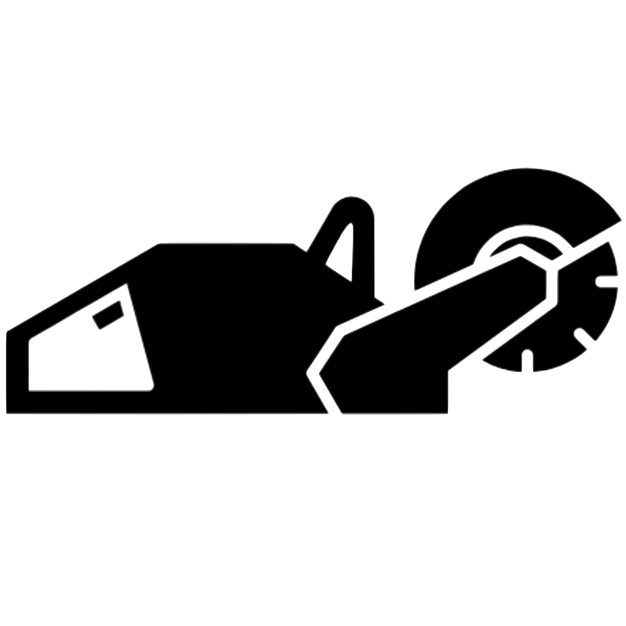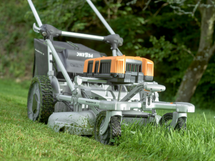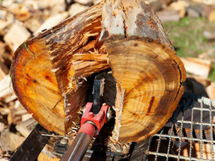There's nothing quite like the feeling of a new engine for your equipment. However, it's easy to overlook the crucial steps required to properly break in your small engine. In this guide, we'll outline the necessary steps for a successful engine break-in.
STEP-BY-STEP
1. Read the Owner's Manual:
- Before anything else, take the time to read the owner's manual. While it may seem mundane, it's essential. Each engine is unique, and the break-in procedure can vary between models and manufacturers. Manufacturers provide specific guidance on breaking in their engines, which may include recommendations for various features and components. Staying informed by reading the manual is the first step to a successful break-in.
2. Add Oil:
- Oil is the lifeblood of the engine, providing essential lubrication to its internal parts. Never assume that the engine comes pre-filled with oil. This assumption can lead to costly mistakes. Most engines require initial break-in oil to start. Refer to your owner's manual for instructions on adding the initial break-in oil. Typically, this oil should be changed within the first 5 to 10 hours of use. A new engine contains microscopic asperities that break off when the parts rub against each other. These tiny particles can enter the oil and cause abrasion to the engine's internals. Changing the initial break-in oil is crucial for preserving the engine's health.
3. Add Fuel:
- Before refueling your engine, ask yourself, "How old is the fuel?" Over time, fuel can degrade and gum up, potentially damaging your fuel lines and carburetor. Always use fresh fuel to ensure optimal engine performance. Avoid using metal fuel cans as they can lead to condensation, diluting the fuel. If you anticipate the engine sitting idle for an extended period (more than a few weeks), consider using a fuel stabilizer. Fuel stabilizers help keep your fuel fresh for longer periods.
4. Start Your Engine:
- With the manual read, oil and fuel added, it's time to start your engine. However, before putting your engine to work, allow it to run for 2 to 5 minutes without any load. This initial period allows critical engine components to lubricate correctly and ensures a smoother start.
Following these steps diligently will help ensure that your engine operates efficiently and serves you well for many years to come. Properly breaking in your small engine is essential for its long-term performance and reliability.








































